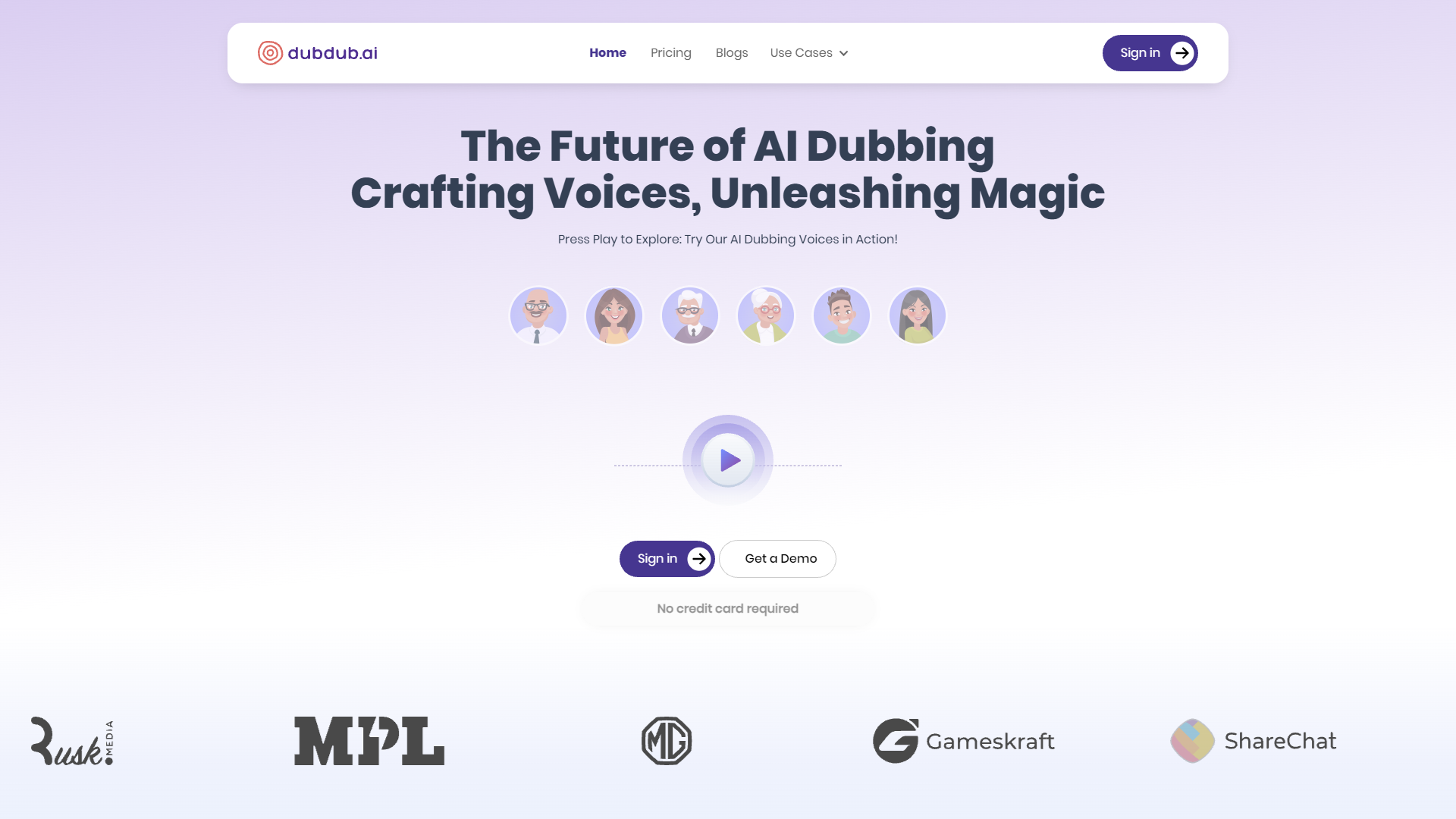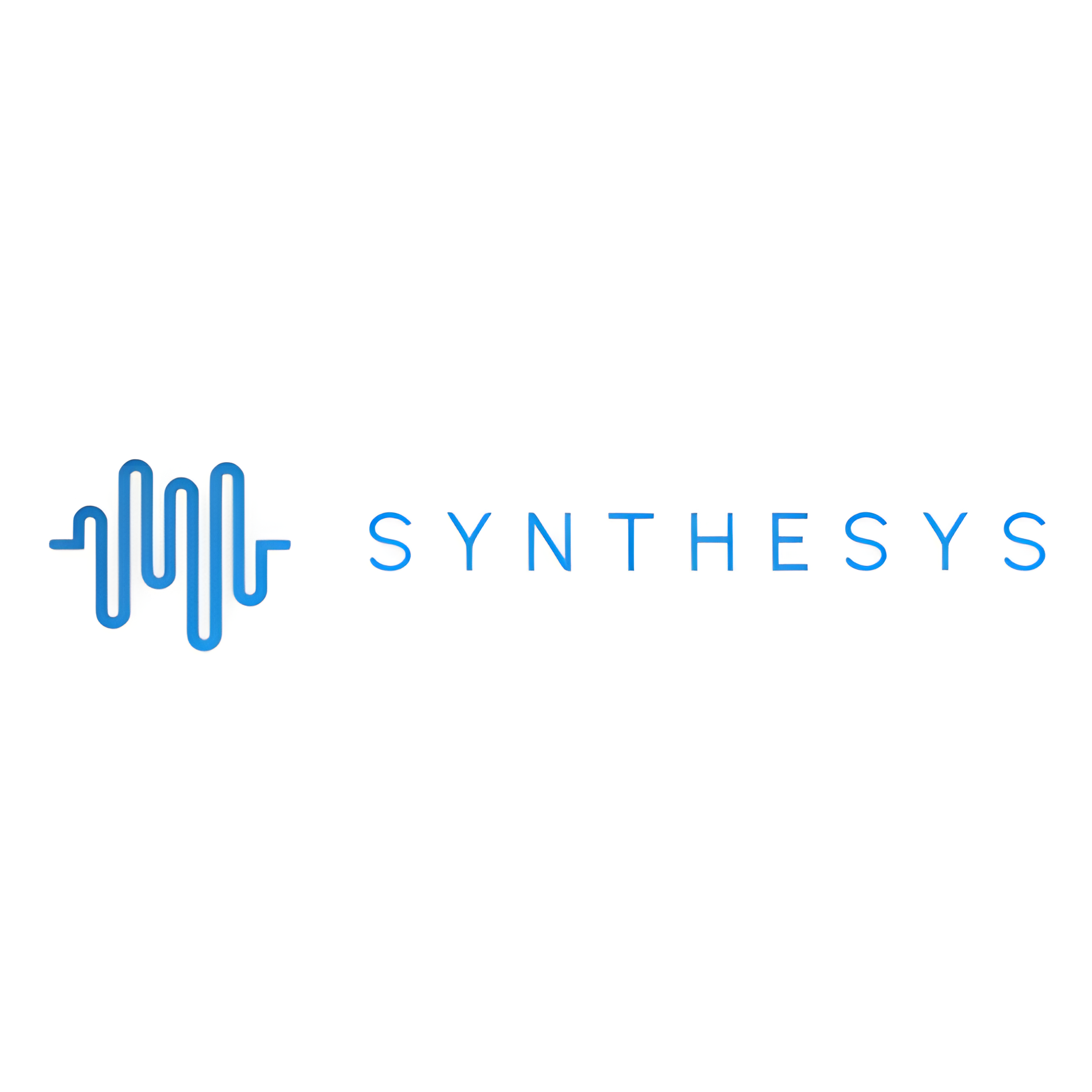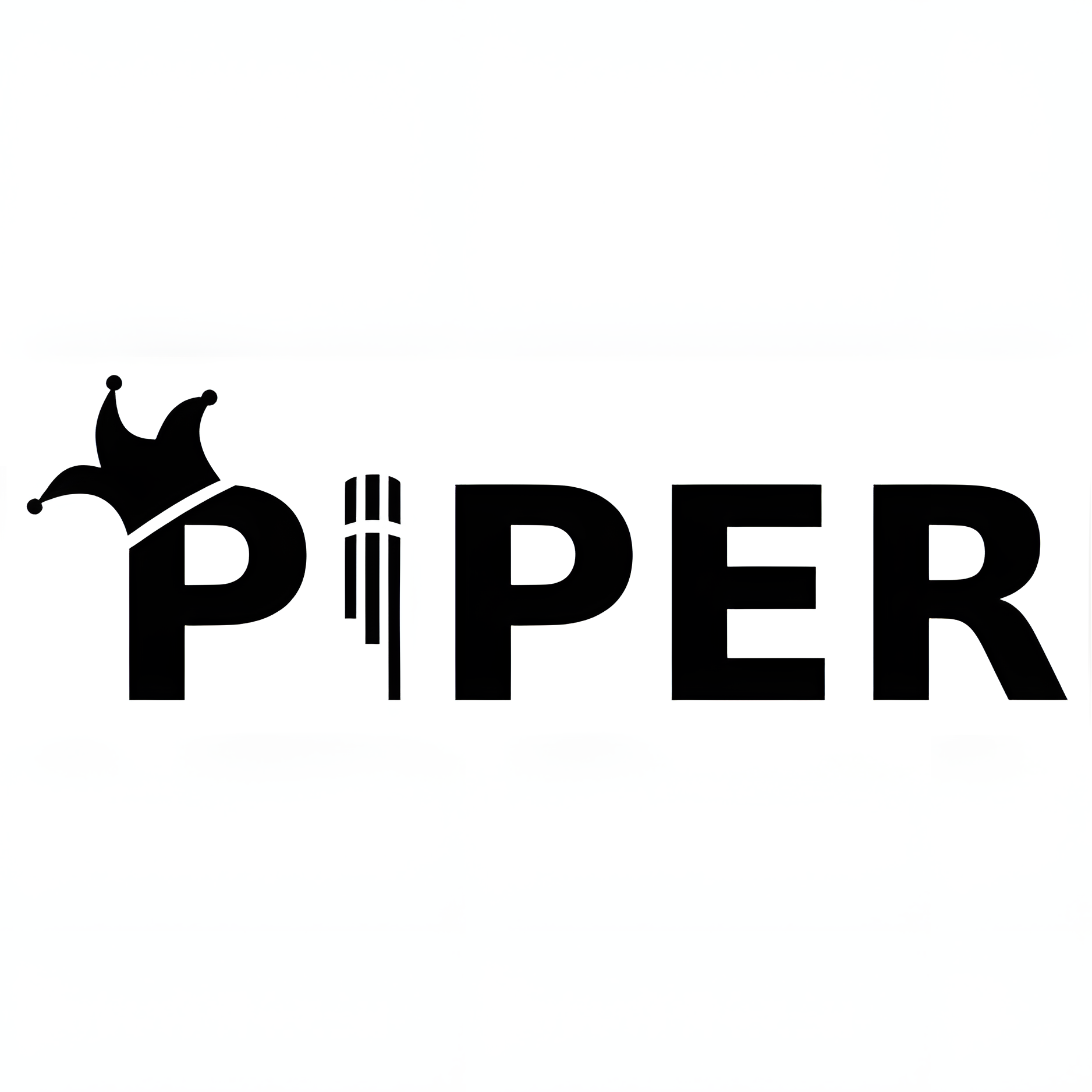Overview
Dubdub.ai revolutionizes the way content creators approach voiceovers with its advanced AI dubbing technology. This innovative tool offers rapid, cost-effective, and high-quality voice dubbing solutions in over 40 languages, making it an ideal choice for a wide range of multimedia projects. Users can effortlessly upload their video, text, or audio files in any format, integrating smoothly with the AI-powered dubbing editor. The platform allows for extensive customization of AI-generated voices, ensuring they align perfectly with the user's brand identity and the emotional tone of the content.
The voices produced by Dubdub.ai are impressively natural and human-like, expertly mimicking nuances such as intonation, pronunciation, and emotion. This level of realism is crucial for maintaining viewer engagement and authenticity across various content types, including e-learning modules, video games, films, and online videos. Additionally, the tool provides precise word-level transcription and timing, ensuring accurate lip-syncing and enhancing the overall viewer experience.
Dubdub.ai also supports context-aware translations, facilitating easy localization of content into multiple languages. This feature, combined with the platform's quick turnaround times and collaborative capabilities, empowers teams to produce and deliver multilingual content efficiently. By using Dubdub.ai, creators can achieve significant savings and accelerate their production timelines without compromising on quality.
Key features
- Global language support: Offers AI dubbing in over 40 languages, enabling users to reach a global audience with localized content effortlessly.
- Customizable AI voices: Users can tailor AI-generated voices to align with their brand's style, ensuring the voiceovers match the intended emotional and tonal nuances.
- Seamless file integration: Allows easy uploading of video, text, or audio in any format, integrating smoothly with the AI dubbing editor for efficient workflow.
- Cost-effective solution: Provides a more economical alternative to traditional voice actors, reducing production costs significantly while maintaining high-quality output.
- Accurate lip-syncing: Ensures precise word-level transcription and timing, maintaining accurate lip synchronization in dubbed videos for a natural viewing experience.
- Efficient collaboration tools: Features tools that facilitate easy team collaboration, allowing for seamless coordination and quicker project completion.
 Pros
Pros
- Real-time preview: Allows users to instantly preview AI-dubbed outputs, enabling quick adjustments and ensuring the final product meets quality standards.
- Scalable operations: Supports large-scale projects effortlessly, making it ideal for enterprises needing to dub extensive content volumes quickly and efficiently.
- Accessibility features: Includes options for subtitles and closed captions, enhancing content accessibility for the hearing impaired and non-native language speakers.
- Advanced analytics: Provides detailed insights into viewer engagement and preferences, helping users optimize their content strategy based on data-driven feedback.
- Continuous updates: Regularly updated with the latest AI advancements, ensuring the tool remains at the cutting edge of technology for superior performance.
 Cons
Cons
- Emotional authenticity gap: While customizable, AI voices may still lack the subtle emotional depth and variability that professional human actors bring to performances.
- Technical learning curve: New users may find the interface and features of the AI dubbing tool initially challenging, requiring time to become proficient.
- Dependency on technology: Reliance on internet connectivity and software updates can lead to potential disruptions in workflow and project timelines.
- Limited creative control: While AI offers customization, it may not fully capture unique voice traits or spontaneous human-like inflections that some projects might require.
- AI voice detection: Some audiences might recognize the synthetic nature of AI-generated voices, potentially affecting the perceived authenticity of the content.

















